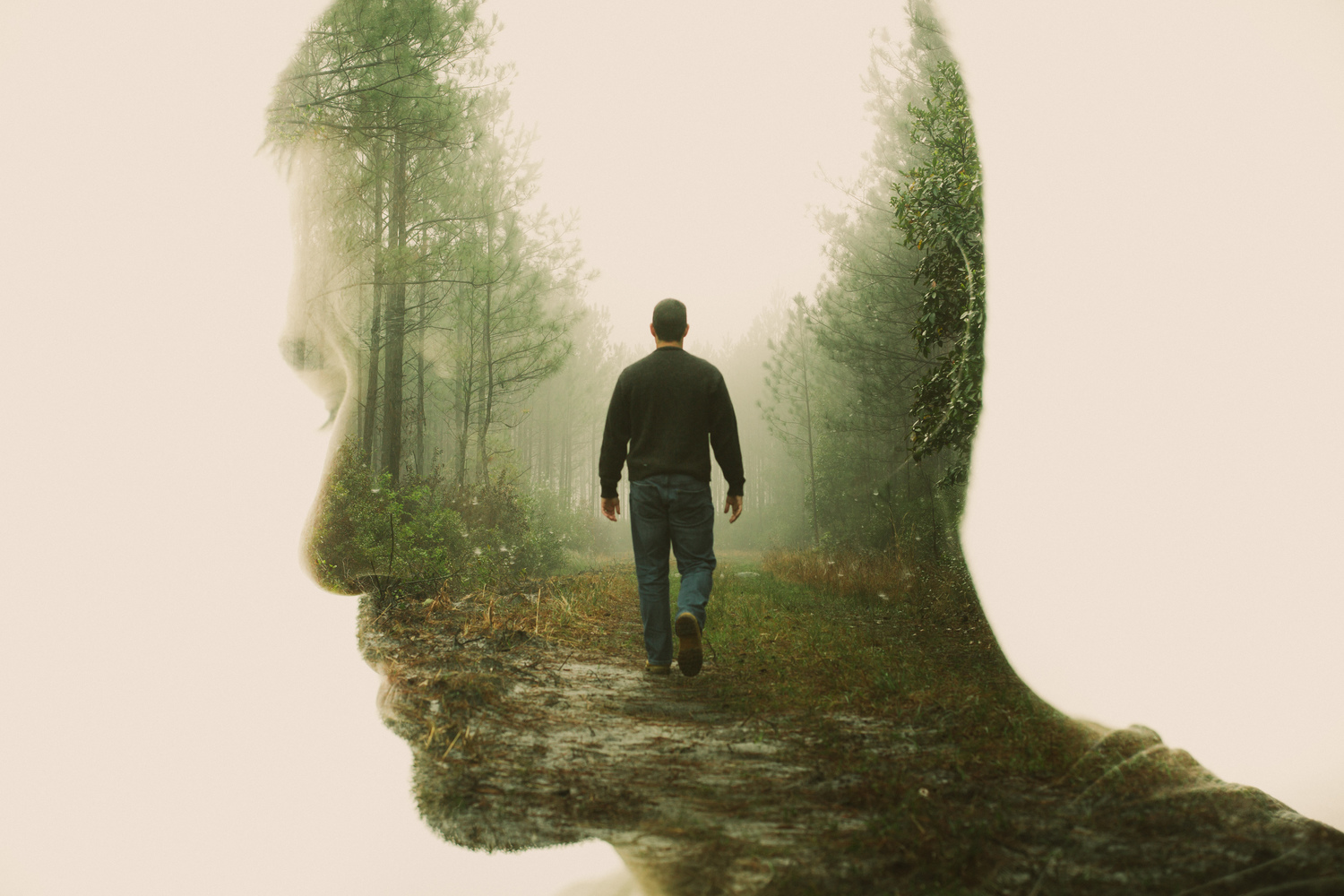My resolve to stand against mental health stigma started as a young teen who witnessed its harsh effects on my friends, as they shared their stories of abuse. The very teachers and family that were to protect them, shamed and belittled them instead. I couldn’t fathom why mental health was treated with such shame and disgrace in the South Asian community. Why did our sense of wholeness and wellbeing come second to society’s opinion of us? The resulting anger and frustration were my greatest driving force for years to come.
It isn’t just my community, but the reality of all minority groups whether racial, ethnic, religious or associated with gender and sexuality. Approximately 33%of minorities refuse mental health care because of stigma. The thread tying these varied communities together is the experience of historical trauma and its aftermath.
As a global community, we have witnessed immense collective trauma. The majority of the world’s indigenous peoples have been massacred along with their rich culture. Centuries of wars, genocides, slavery, and apartheid; the endless oppression of women and a series of assaults on the LGBTQ community have marked generations of survivors with trauma.
Throughout societies that have experienced historical trauma, we observe the emergence of various survival patterns. When simple missteps can jeopardize everything, avoidance, fear, and distrust become essential for survival. While these survival patterns may have initially helped people stay alive, today they persist as disruptive traits affecting people’s social-emotional functioning. These traits linger on as substance use disorders, depression, anxiety, shame, hoarding, overeating, and increased violence, putting these communities at a higher risk of mental health issues.

During these collective traumatic experiences, people were taught to be ashamed of their identity – be it their language, culture, beliefs, skin color, or gender identity. Growing up in an inferiority and dependency-driven culture resulted in deep-seated feelings of unworthiness and shame, which further acts as a risk factor for mental health issues.
To survive such harsh conditions, marginalized groups couldn’t give in to weakness or fear; they were forced to internalize these feelings and wear a mask of courage and bravery just to survive. It’s no surprise then that emotional vulnerability and mental health issues are perceived as a weakness in these communities, along with the fear that this will become yet another thing they would be differentiated against.
The fact that the initial traumas were never addressed either at an individual level or a community level, has pushed them into positions of disadvantage, either through their education and socio-economic status or the stressors they face every day. This chronic contextual stress commonly plays out in various forms of systemic and institutionalized discrimination and microaggressions minoritized individuals face daily. It forces the oppressed to continue living in conditions detrimental to human flourishing. It not only acts as a constant trigger for anger, fear and helplessness but also results in lack of accessibility to proper mental healthcare. It creates unsafe environments that puts them at higher risk for being retraumatized, creating an endless trauma cycle, which becomes difficult to break.
How can people heal and seek help when the trauma is not only their past but also their present and future? When the injustices, inequities, and living conditions keep them from the very resources they need to move forward, what results is a vicious cycle that harms us all. Perhaps, taking a more trauma-informed approach can help us bridge the gap and build a more resilient community.
It was easy for me to be angry at the mental health stigma perpetrated in the world, but I forgot that the people who internalized these feelings the most carry the greatest burden. My privilege has allowed me the opportunity and space to process my traumas and become the voice for the voiceless. By realizing the widespread impact of trauma, and recognizing it’s symptoms I was able to adopt a trauma-informed lens that helped me let go of my anger and resentment. Instead equipping me with the tools to deal with stigma from the root cause: compassion and love.
It’s time for us to be honest with ourselves, to recognize our own hidden biases, and consider a wider perspective for the benefit of all. To be more mindful of our thoughts, emotions, speech and actions in order to not become traumatized or further traumatize someone else.
Each one of us needs an opportunity to feel safe enough to be able to grieve, apologize, express, release, and then to rebuild and integrate our traumas. Then as a society we can join hands and come together in the healing process to address the long legacy of physical, sexual, mental, cultural, and spiritual exploitation across all systems of oppression.
Human beings are members of a whole,
In creation of one essence and soul.
If one member is afflicted with pain,
Other members uneasy will remain.
If you have no sympathy of human pain
The name of human you cannot retain
- Saadi



